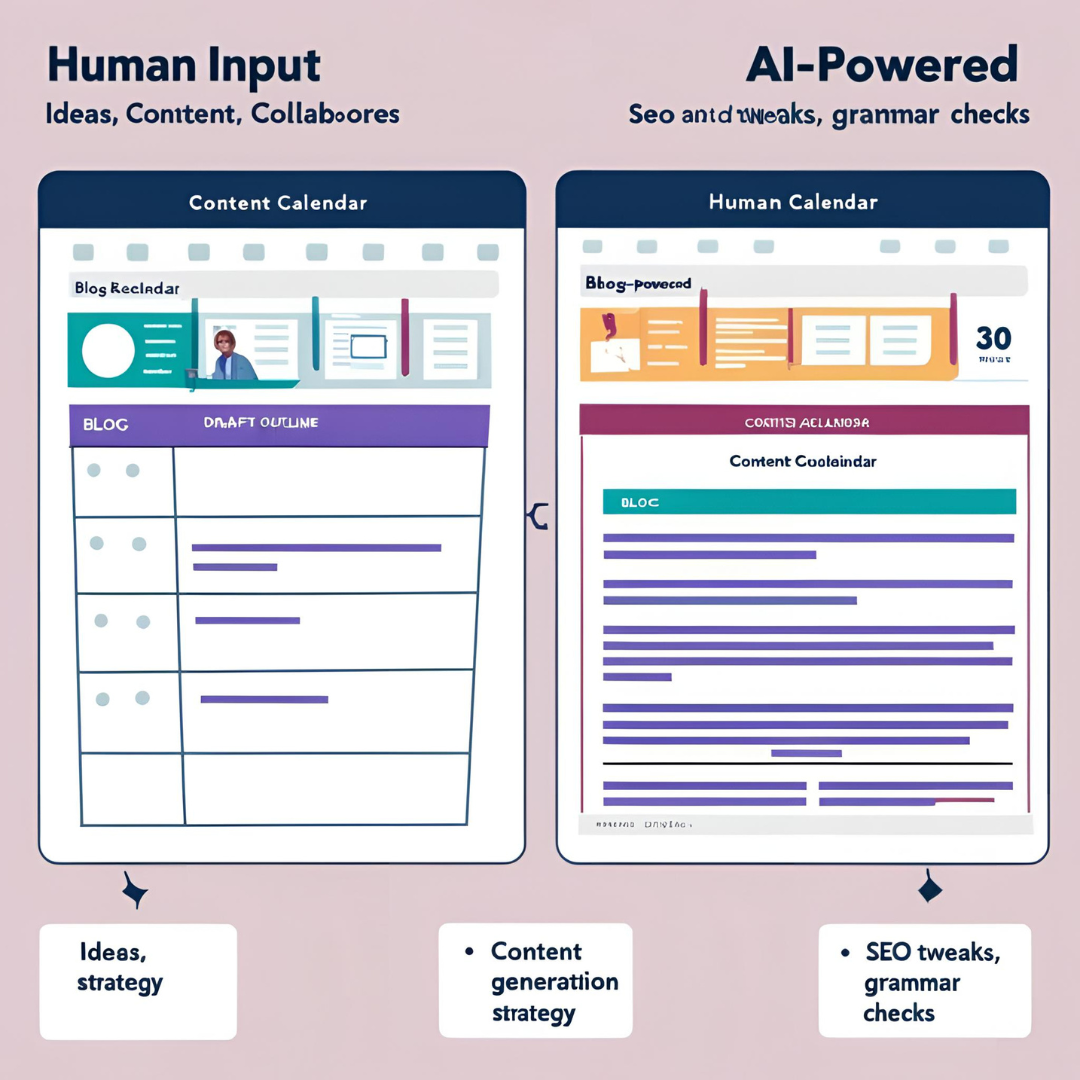The Ultimate Guide to Blenders and FoodProcessors: Which One is Right for You?

Introduction
In the world of culinary tools, blenders and food
processors stand out as essential appliances for
home cooks and professional chefs alike.
Understanding their differences and uses can
elevate your cooking game. This guide explores
each tool, their benefits, and tips for choosing the
right one for your kitchen.
What is a Blender?
A blender is an electric kitchen appliance
designed to mix, puree, and emulsify food and
beverages. Ideal for smoothies, soups, and
sauces, blenders often feature sharp blades that
create a smooth texture.
Benefits of Using a Blender
1.Versatility: Blenders can handle a variety of
tasks, from making smoothies to crushing ice.
2.Speed: They provide quick results, perfect for
busy mornings or last-minute meal prep.
3.Ease of Cleaning: Many blenders have
detachable parts that are dishwasher safe.
What is a Food Processor?
A food processor is a multi-functional appliance
designed for chopping, slicing, grating, and mixing
ingredients. With various attachments and blades,
food processors excel at handling larger
quantities of food.
Benefits of Using a Food Processor
1.Efficiency: Food processors can save time by
quickly preparing ingredients for recipes.
2.Precision: They offer consistent results,
ensuring uniform sizes for chopped
vegetables or grated cheese.
3.Multi-Functionality: With different
attachments, they can knead dough, make
sauces, and more.
Choosing the Right Appliance
When deciding between a blender and a food
processor, consider your cooking habits:
● For Smoothies and Soups: A blender is your
best bet.
● For Chopping and Slicing: Opt for a food
processor.
● For Versatility: Some models combine both
functions.
Maintenance Tips
To prolong the life of your appliances, clean them
after each use. Check the blades for dullness and
replace them if necessary.






